Archives
- 2025-11
- 2025-10
- 2025-09
- 2025-03
- 2025-02
- 2025-01
- 2024-12
- 2024-11
- 2024-10
- 2024-09
- 2024-08
- 2024-07
- 2024-06
- 2024-05
- 2024-04
- 2024-03
- 2024-02
- 2024-01
- 2023-12
- 2023-11
- 2023-10
- 2023-09
- 2023-08
- 2023-07
- 2023-06
- 2023-05
- 2023-04
- 2023-03
- 2023-02
- 2023-01
- 2022-12
- 2022-11
- 2022-10
- 2022-09
- 2022-08
- 2022-07
- 2022-06
- 2022-05
- 2022-04
- 2022-03
- 2022-02
- 2022-01
- 2021-12
- 2021-11
- 2021-10
- 2021-09
- 2021-08
- 2021-07
- 2021-06
- 2021-05
- 2021-04
- 2021-03
- 2021-02
- 2021-01
- 2020-12
- 2020-11
- 2020-10
- 2020-09
- 2020-08
- 2020-07
- 2020-06
- 2020-05
- 2020-04
- 2020-03
- 2020-02
- 2020-01
- 2019-12
- 2019-11
- 2019-10
- 2019-09
- 2019-08
- 2019-07
- 2018-07
-
br An approach for the key challenges facing forensic scienc
2021-11-30

An approach for the key challenges facing forensic science One of the key challenges for forensic science is to avoid being side-tracked by one of the louder narratives in the media that the big problem forensic science faces is ‘junk science’ and ‘rogue scientists’. These are clearly important i
-
Urinary hydroxypyrene OHP is a widely used
2021-11-30
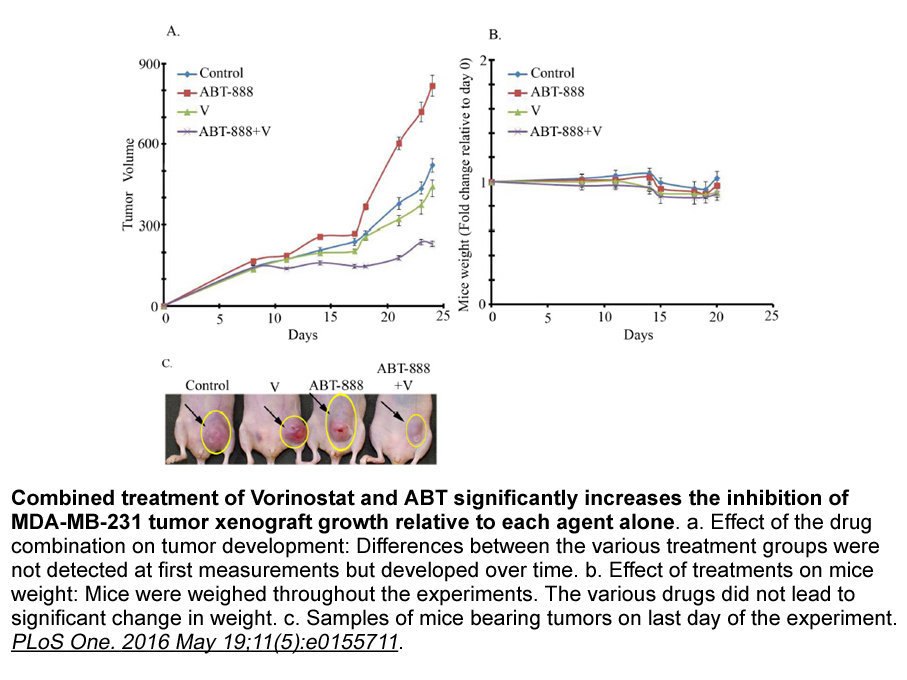
Urinary 1-hydroxypyrene (1-OHP) is a widely used biological marker of exposure to PAHs and indicator for internal dose of activated PAHs (Jongeneelen, 1987, Adonis et al., 2003). PAH metabolites may be excreted either as free or as conjugated compounds. When 1-OHP is measured after treating the urin
-
br Experimental br Acknowledgment This work was supported in
2021-11-29
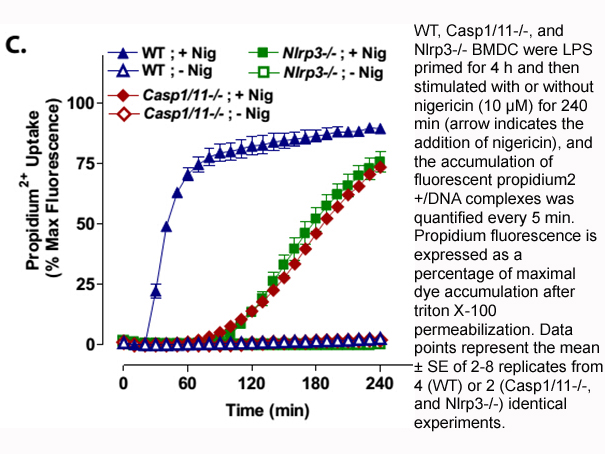
Experimental Acknowledgment This work was supported in part by a Grant-in-Aid for Scientific Research from the Ministry of Education, Culture, Sports, Science and Technology of Japan. Glyoxalase I (GLO1) is a zinc enzyme that catalyzes the isomerization of a hemithioacetal, formed from glut
-
br Reaction mechanism The dissimilarity between
2021-11-29
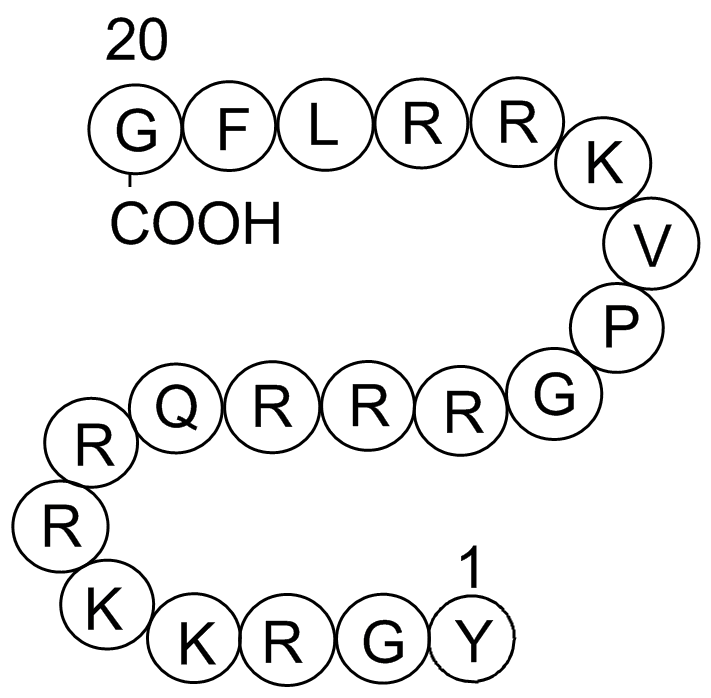
Reaction mechanism The dissimilarity between monofunctional and bifunctional glycosylases is that the monofunctional glycosylases removes the substrate base, leaving an intact AP site while the bifunctional glycosylases have an additional lyase activity. This intrinsic lyase activity is present i
-
We noticed that the spontaneous openings of the D R
2021-11-29

We noticed that the spontaneous openings of the D97R α1 GlyR appeared to be quite similar to those elicited by a maximally-effective glycine concentration on wildtype GlyR; both generated similar open and shut dwell-time histograms, both exhibited openings grouped into clusters with Popen values gre
-
Given and a module N we put The right hand
2021-11-29

Given and a -module N, we put The right hand side makes sense because we regard g as an Riboflavin of and meanwhile . It is also a skew group ring, identified with via the following equation It follows that becomes a -module, with Analogous to the situation of group representations, the underlying s
-
Xenobiotic metabolizing enzymes are classified as being phas
2021-11-29
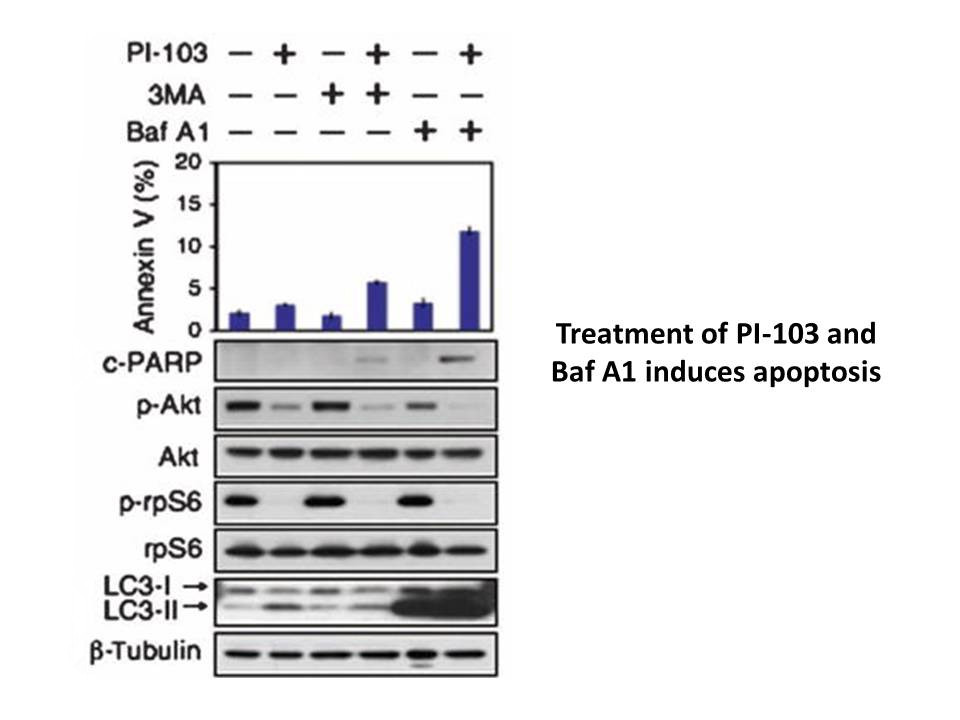
Xenobiotic metabolizing enzymes are classified as being phase I, phase II and transporter enzymes, with phase I enzymes metabolizing lipophyllic xenobiotics to make them more polar so that the phase II enzymes can perform the necessary conjugation reactions that afford elimination. Although the phas
-
akt inhibitor So far only few studies report about GAL in th
2021-11-29
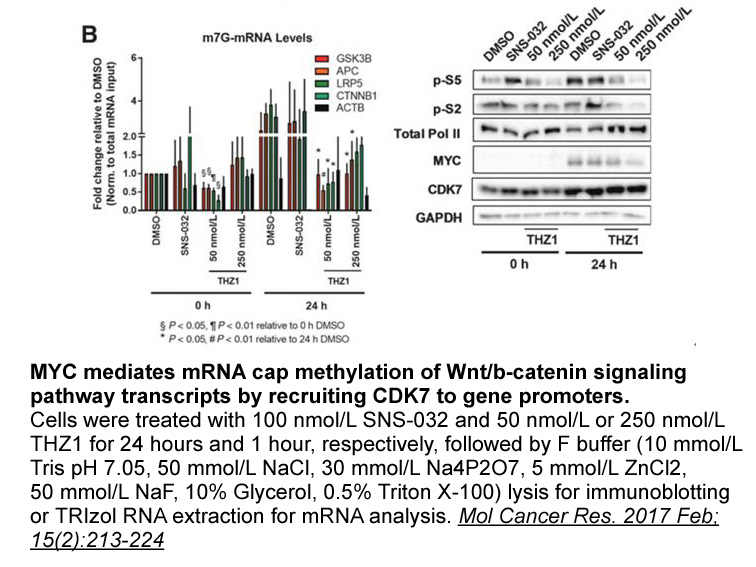
So far only few studies report about GAL in the visual system: GAL has been detected in the cornea of rat (Jones and Marfurt, 1998), mouse (Henken and Martin, 1992) and pig (Stone et al., 1988), and in the uvea of rat (Strömberg et al., 1987), pig (Stone et al., 1988) and cat (Grimes et al., 1994),
-
NMDARs are glutamate gated ionotropic receptors
2021-11-29

NMDARs are glutamate-gated ionotropic receptors that are involved in excitatory neurotransmission and plasticity (Traynelis et al., 2010). There have been several reports showing that neurosteroids acting as negative modulators of NMDARs exert neuroprotective activity in both in vitro and in vivo mo
-
br Introduction The brain contains abundant fatty
2021-11-29

Introduction The brain contains abundant fatty acids, which serve as constituents of membranes and as an energy source. In addition, fatty acids and their metabolites contribute to signal transduction between neurons or neurons and glial cells, suggesting that fatty acids play a crucial role in d
-
br Intracellular trafficking with concurrent signaling
2021-11-29

Intracellular trafficking with concurrent signaling of NPRA Our recent studies have shown internalization and concurrent signaling of NPRA in subcellular compartments; this had not been previously demonstrated [26,42]. Preparation of the enhanced GFP (eGFP)-tagged NPRA (eGFP-NPRA) construct has g
-
In plants NO production is one of
2021-11-29
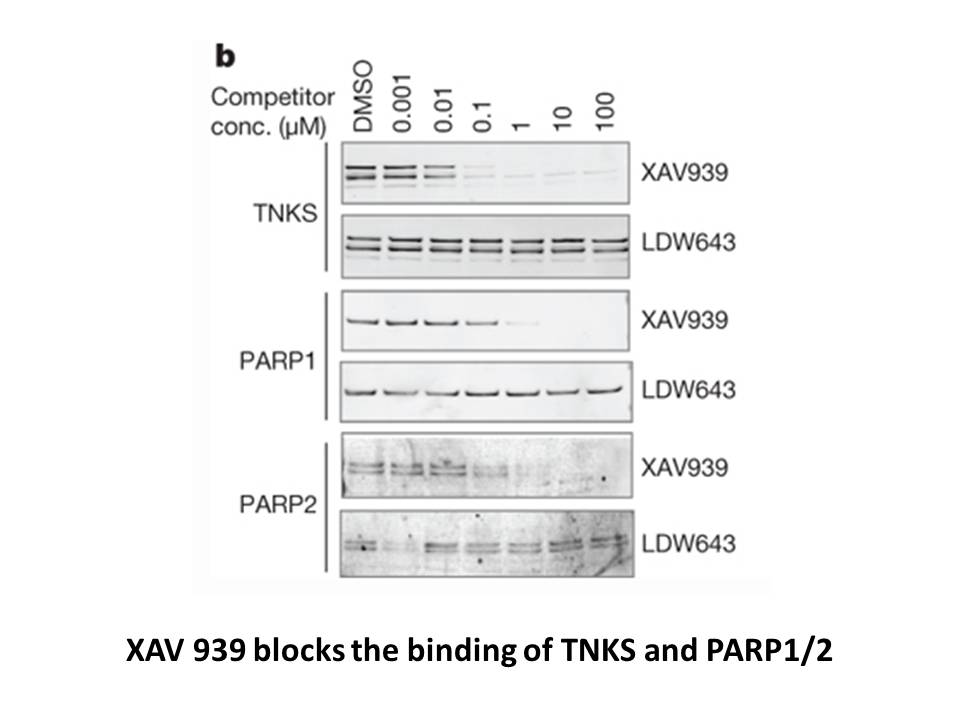
In plants, NO production is one of the early responses to stress (Tossi, Lamattina, & Cassia, 2009). Usually, NO signal transduction requires the involvement of downstream signaling compounds. We further investigated the effects of cGMP on GSK-3 expression. The data showed that LY83583 (a cGMP inhib
-
The HIV genome encodes for a variety of
2021-11-29
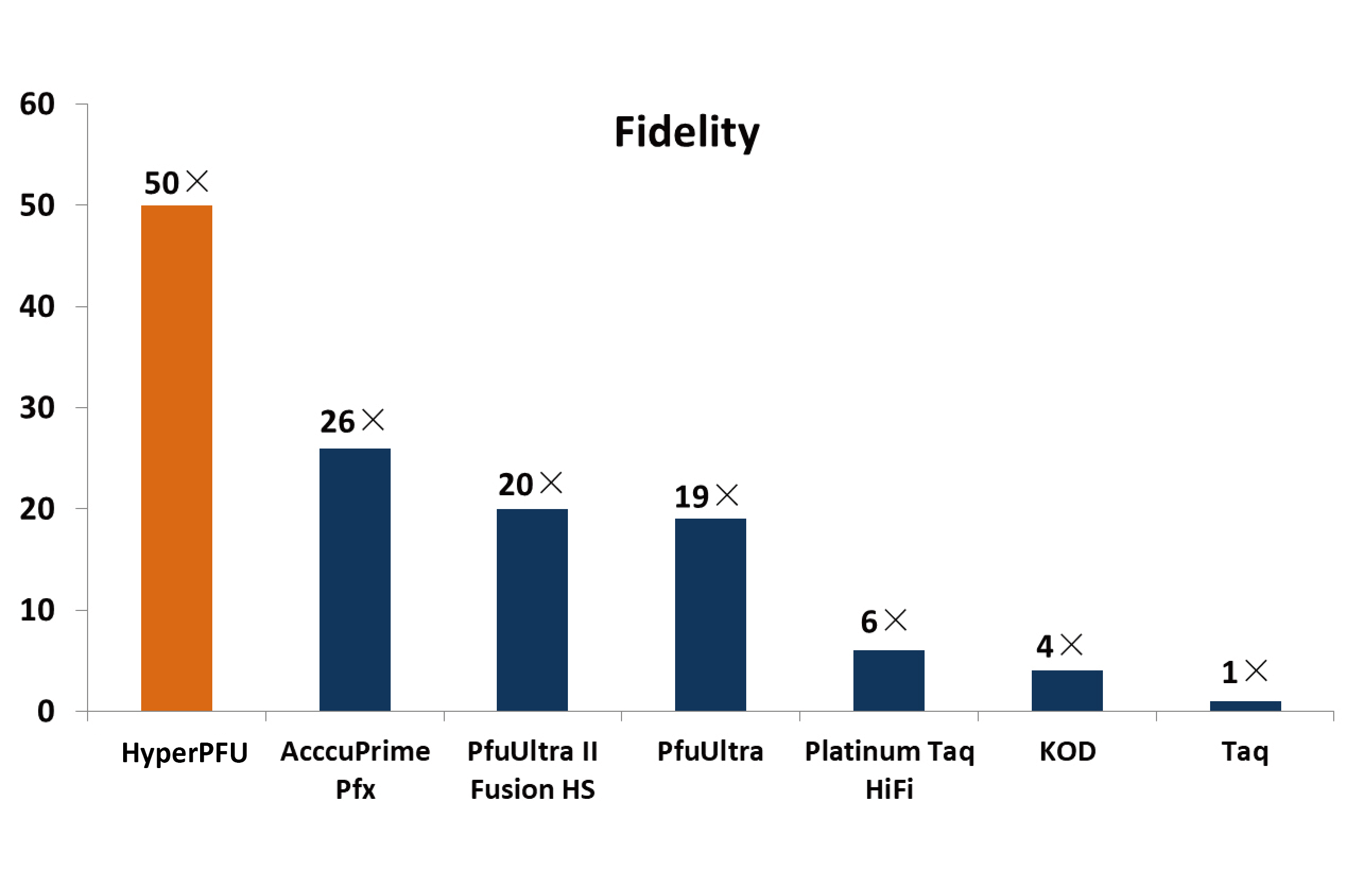
The HIV-1 genome encodes for a variety of viral proteins necessary for target cell entry and viral replication. gp120 is an HIV-1 envelope glycoprotein that mediates viral particle entry by binding to cell surface receptor CD4 and co-receptors CXCR4 and/or CCR5 depending on viral tropism. While CXCR
-
Ironically another series of studies examining the role of
2021-11-29

Ironically, another series of studies examining the role of EAATs in CNS injury and disease suggest that under some pathological conditions, the operation of the EAATs is not protective, but actually contributes to the excitotoxic process (Rossi et al., 2000). The transporters do so by serving as th
-
In conclusion we have designed and
2021-11-26
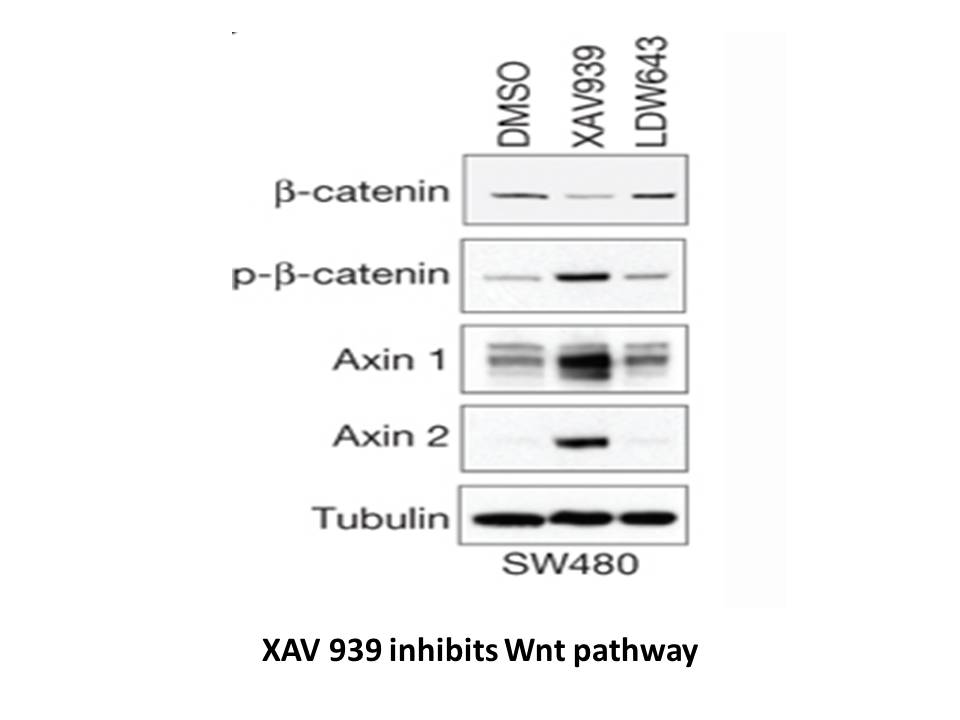
In conclusion, we have designed and characterized a novel series of EAAT-blockers, exemplified by (-[4-(2-bromo-4,5-difluorophenoxy)phenyl]--asparagine)—a potent, selective, competitive non-substrate inhibitor of EAAT-2. As one of the most potent and selective EAAT-2 inhibitors identified to date,
15253 records 554/1017 page Previous Next First page 上5页 551552553554555 下5页 Last page